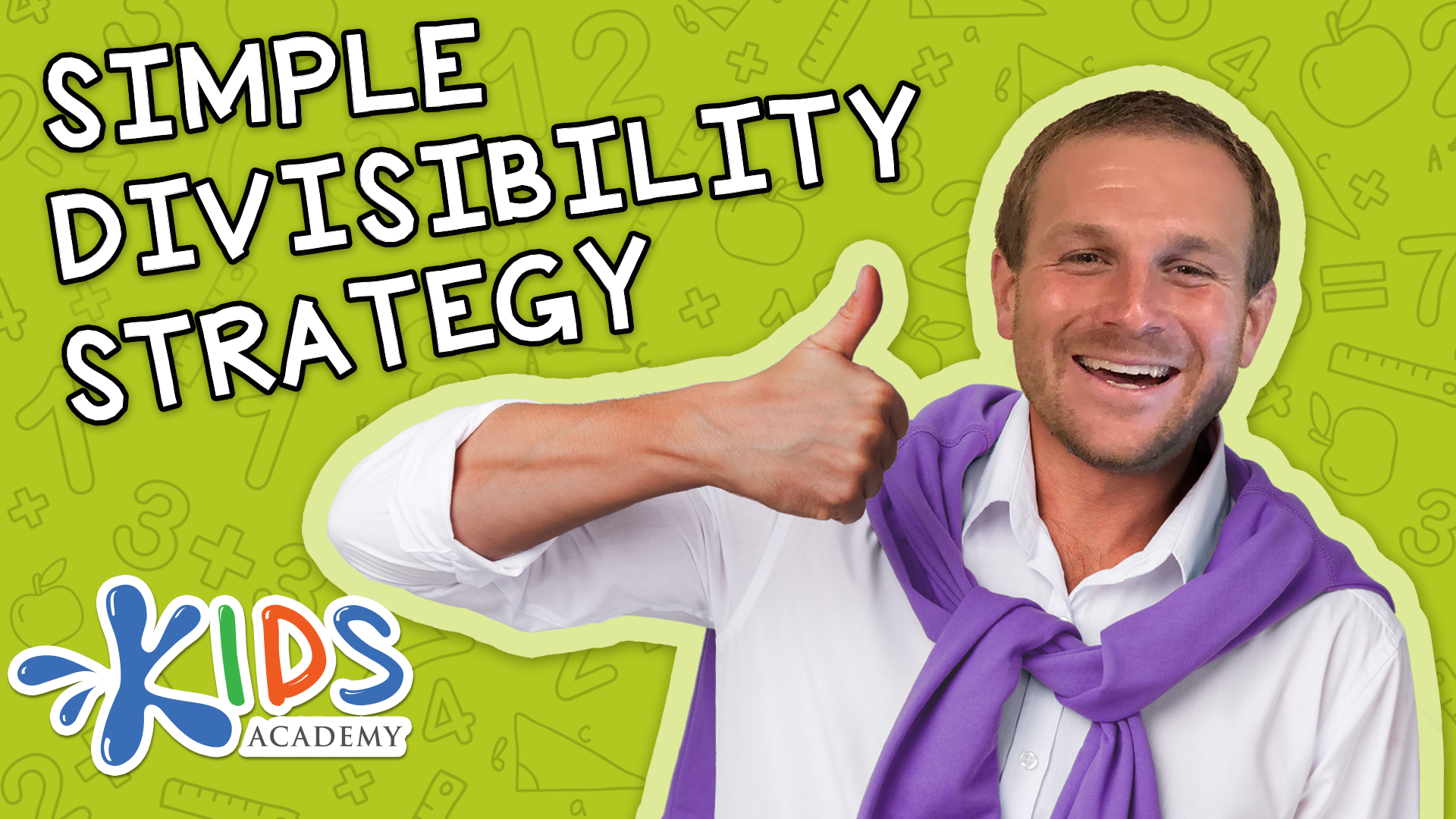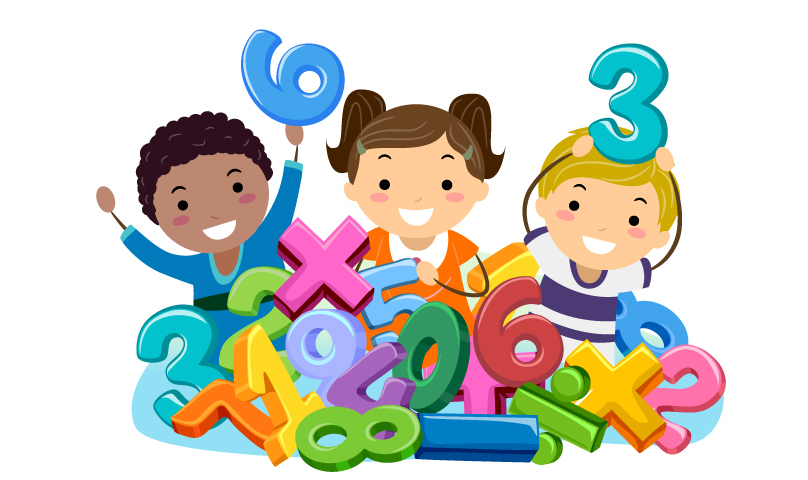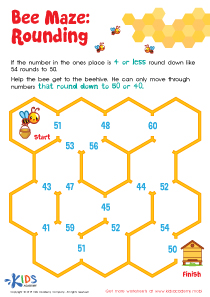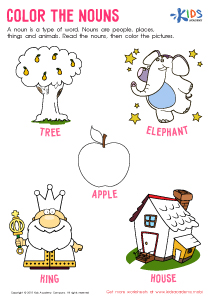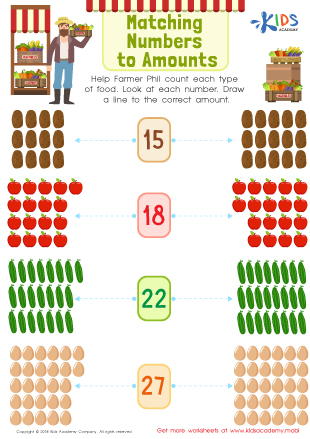Hand-eye Coordination Numbers 0–10 Worksheets for 4-Year-Olds
13 filtered results
-
From - To
Enhance your 4-year-old's hand-eye coordination while introducing them to numbers 0-10 with our engaging worksheets! Designed specifically for young learners, these activities promote fine motor skills through exciting tracing, coloring, and counting exercises. Each worksheet combines fun visuals with essential counting concepts, ensuring kids develop their motor skills in a playful way. Perfect for home or classroom use, these worksheets engage little ones as they learn to recognize numbers and improve coordination. Foster a love for learning and give your child the tools they need for early math success. Get started on their educational journey today with our hand-eye coordination worksheets!
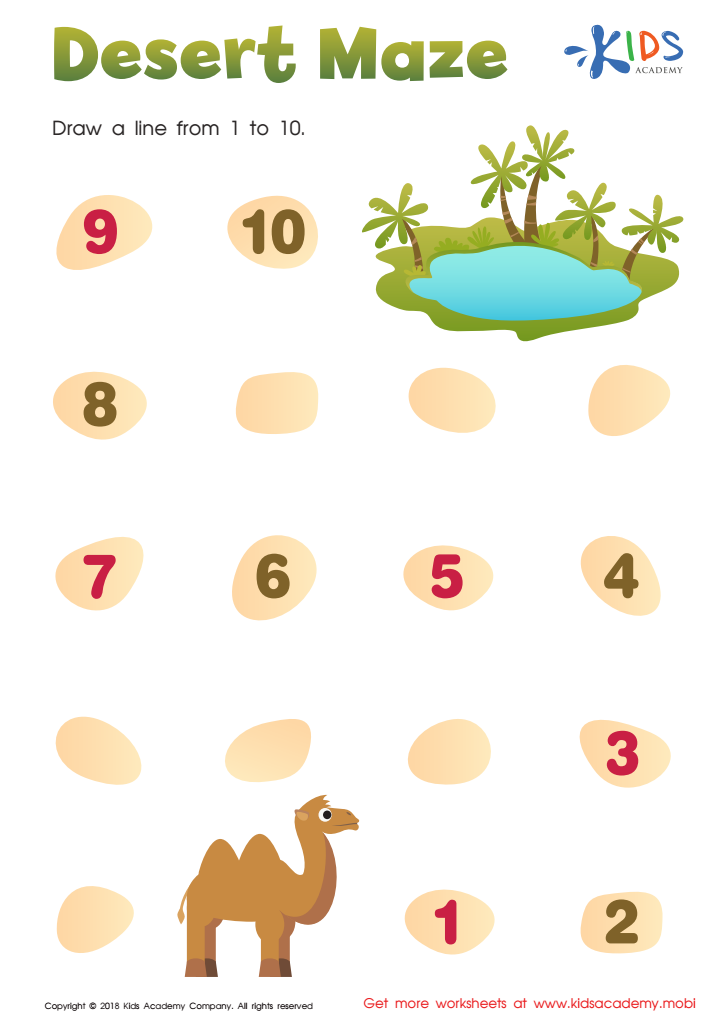

Desert Maze Worksheet
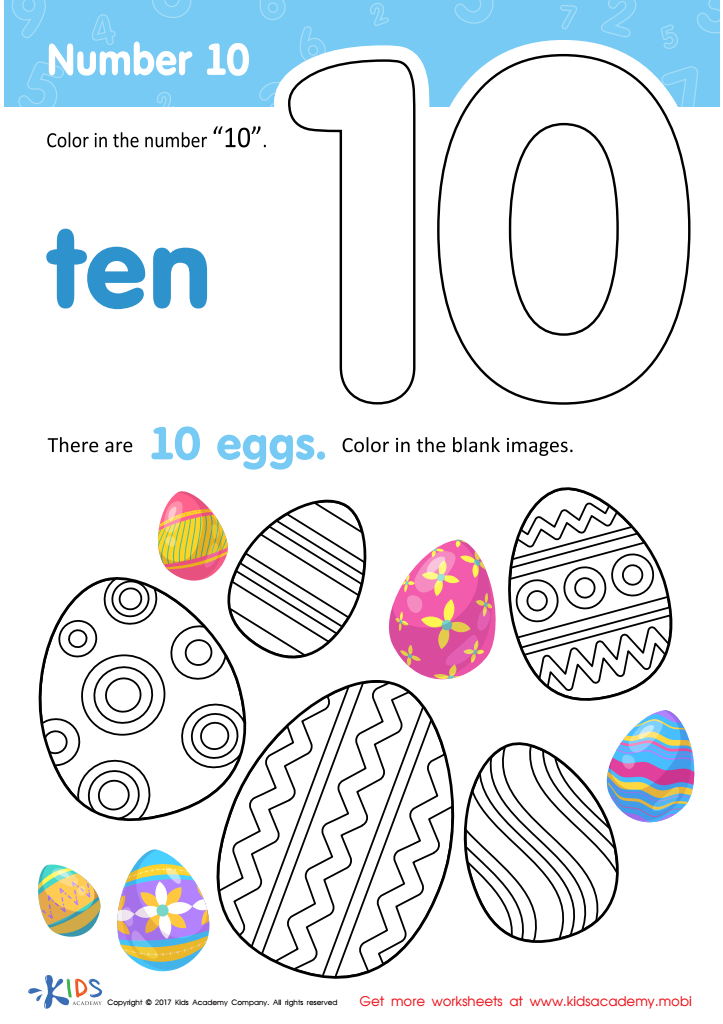

Number 10 Printable
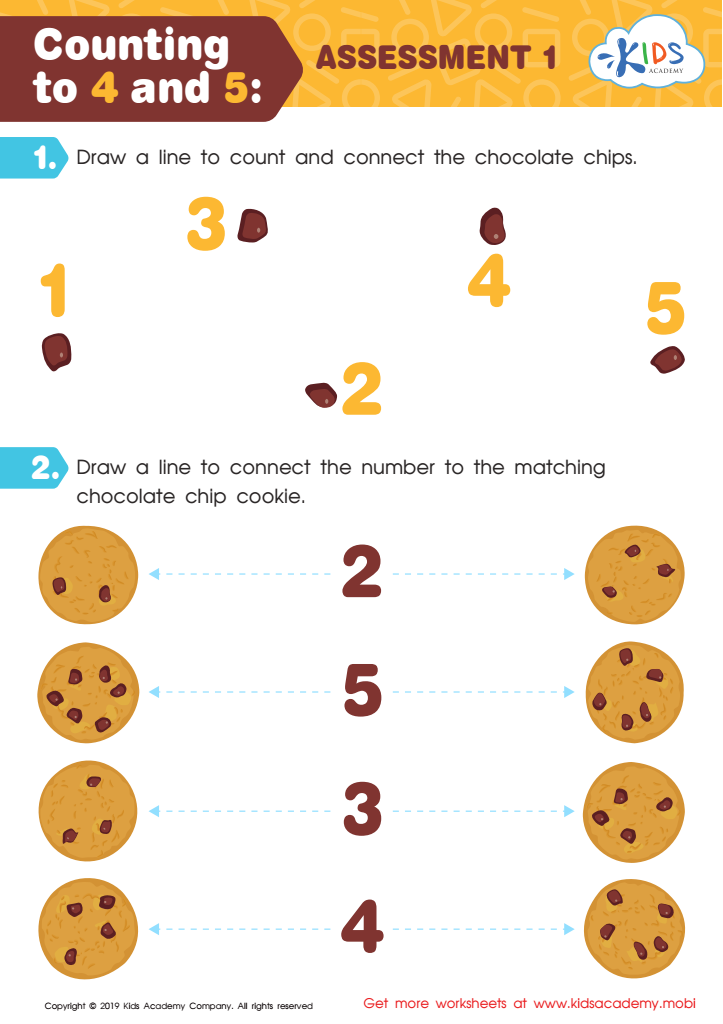

Counting to 4 and 5: Assessment 1 Worksheet
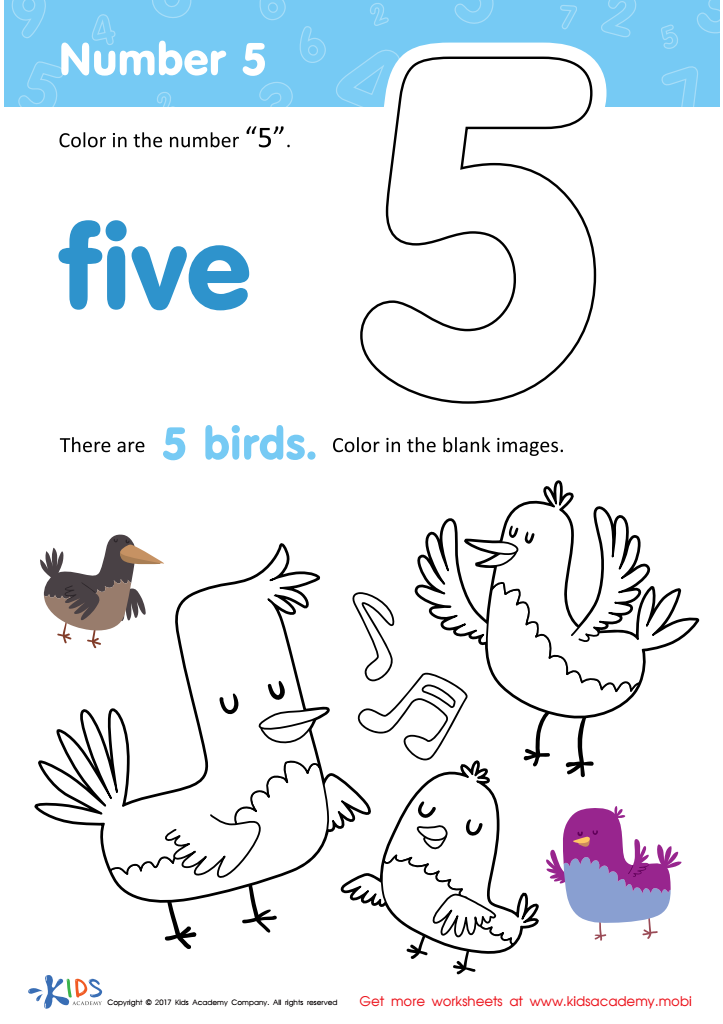

Number 5 Printable
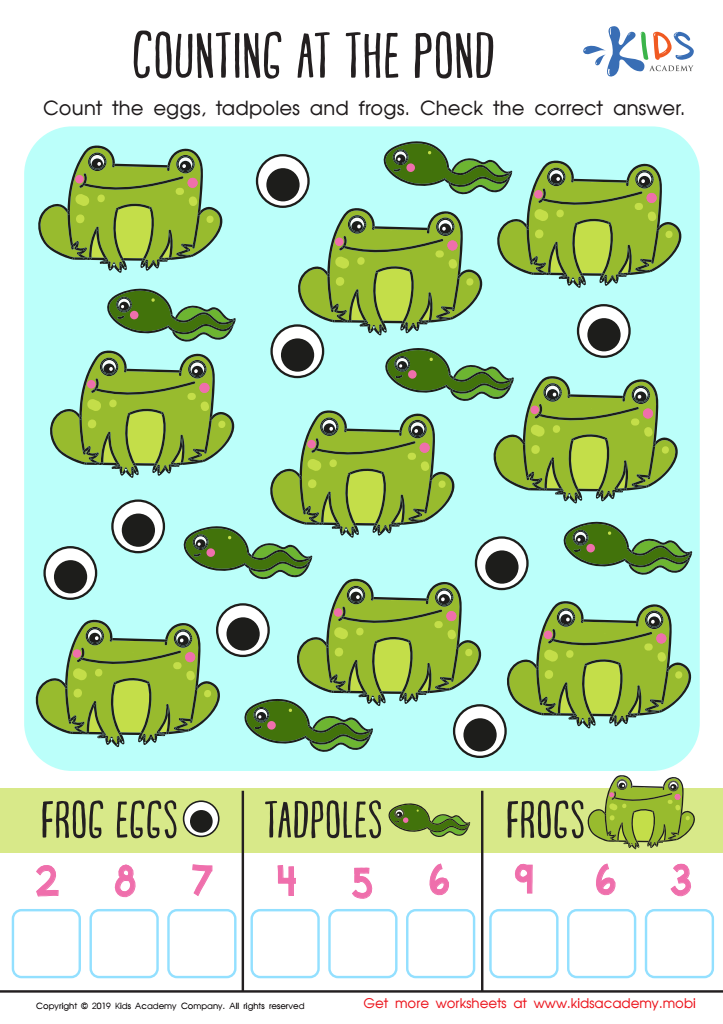

Counting at the Pond Worksheet
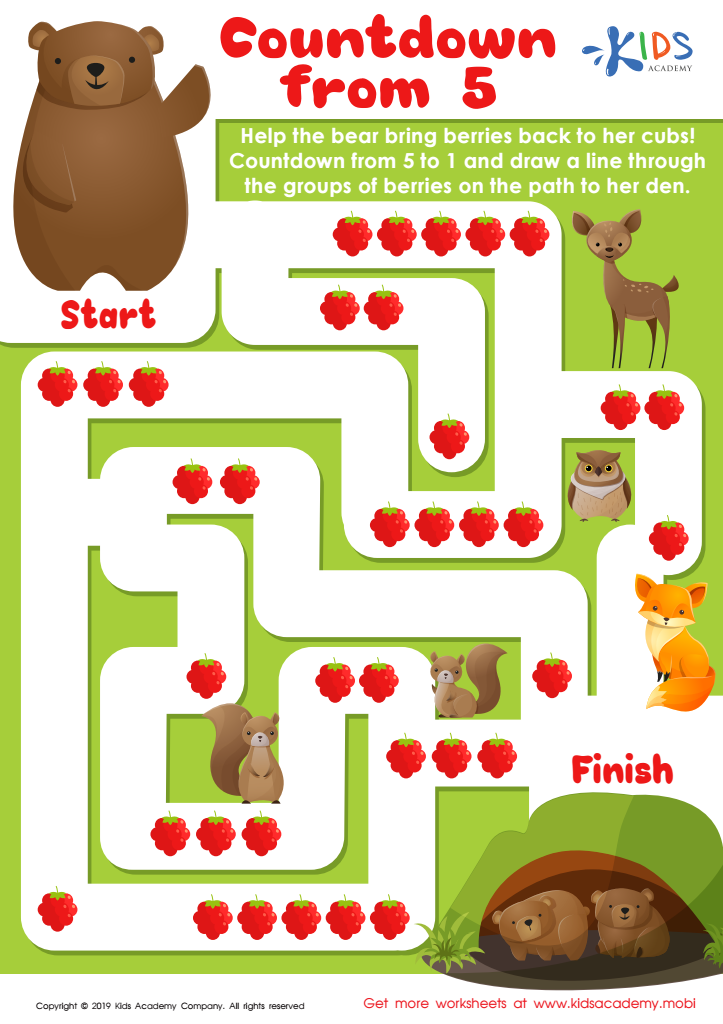

Countdown from 5 Worksheet
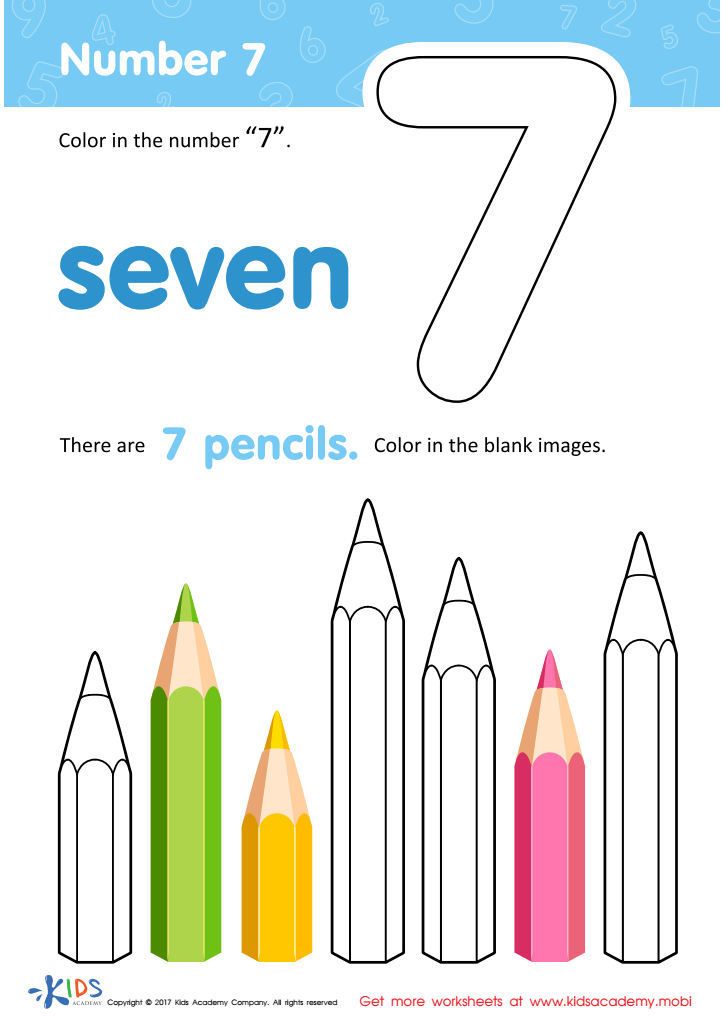

Number 7 Worksheet
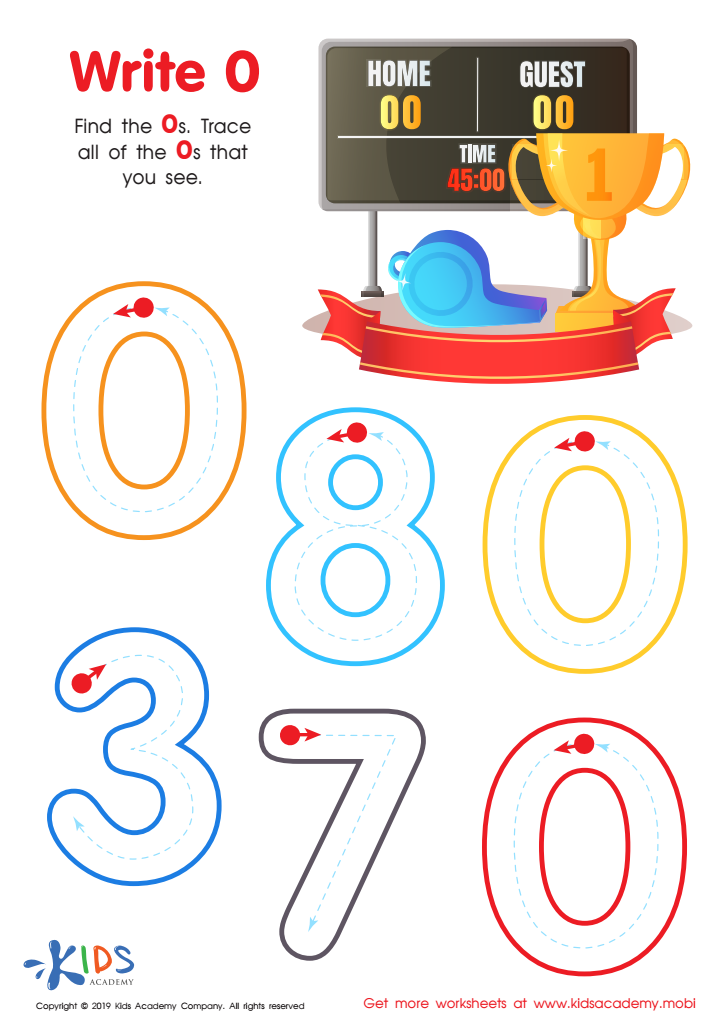

Write 0 Worksheet


Ten Pins is a Strike Worksheet


Eight Geese Worksheet
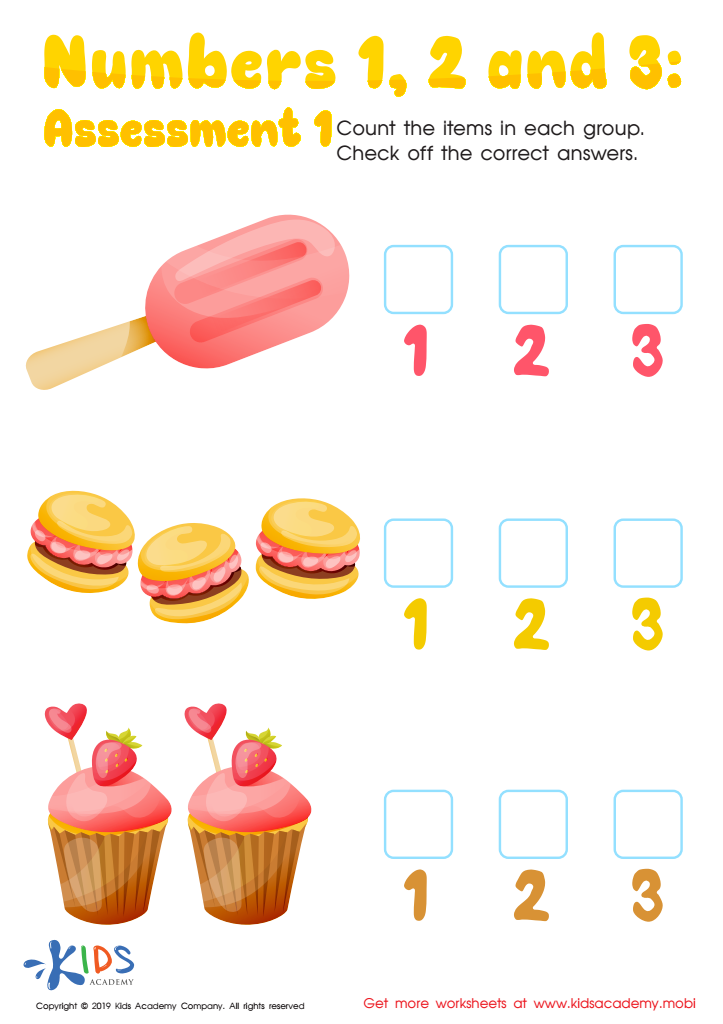

Numbers 1, 2 and 3: Assessment 1 Worksheet
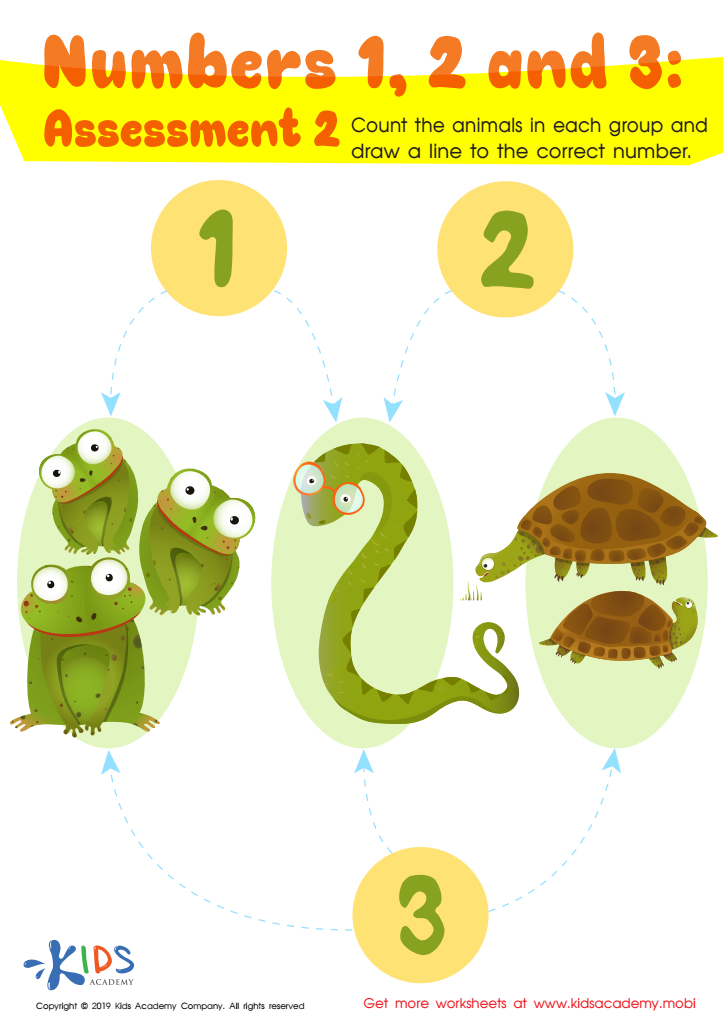

Numbers 1, 2 and 3: Assessment 2 Worksheet


Night Sky Counting Worksheet
Hand-eye coordination is a critical foundational skill for children, especially at the age of four. Developing good hand-eye coordination enhances a child’s ability to perform various tasks, including writing, drawing, and participating in sports. When parents and teachers focus on hand-eye coordination, particularly through activities that involve numbering from 0 to 10, they are giving children essential tools for engagement and learning.
For 4-year-olds, integrating numbers into fun, hands-on activities allows them to connect physical movements with numerical concepts. For example, activities like throwing a bean bag to knock down numbered pins can improve both their counting skills and coordination. This dual interaction engages multiple areas of the brain, facilitating cognitive development alongside physical skill.
Furthermore, stronger hand-eye coordination can lead to increased confidence in a child's abilities, reducing frustration during tasks that involve fine motor skills. As children begin formal education, teachers who prioritize this coordination help lay a strong foundation for academic success, contributing to reading and writing fluency. Ultimately, nurturing these skills ensures that children are well-prepared for future educational experiences while fostering a love for learning through playful activities. Thus, both parents and teachers play a vital role in this development journey.
 Assign to My Students
Assign to My Students






